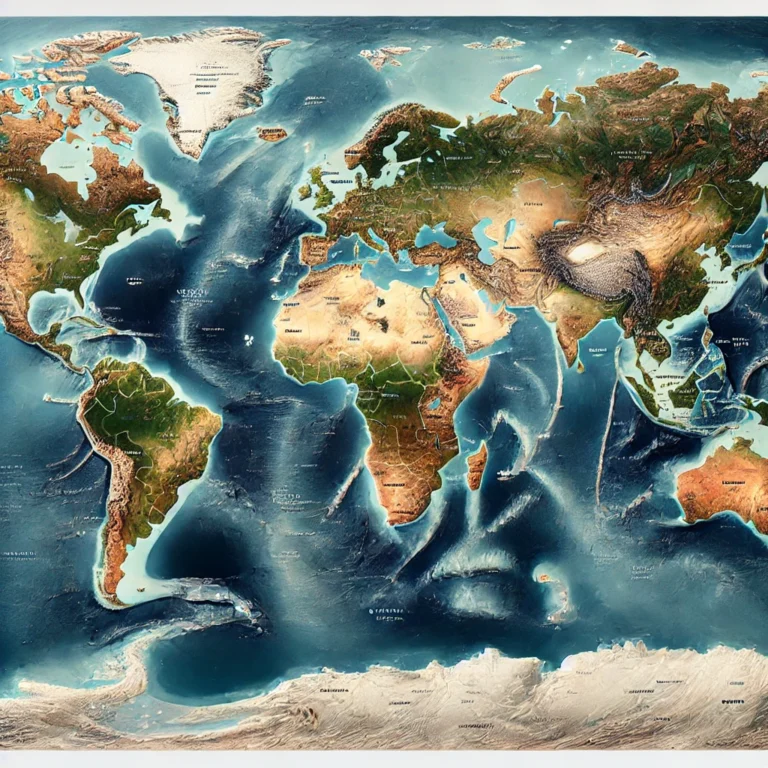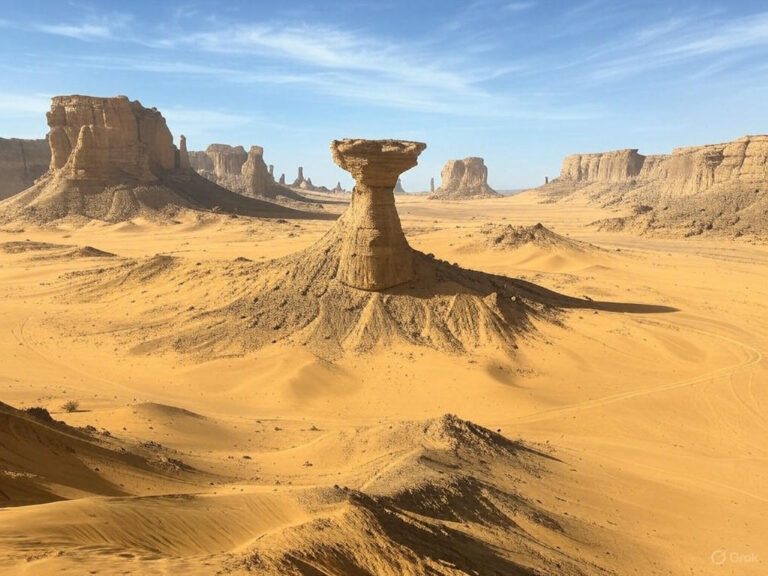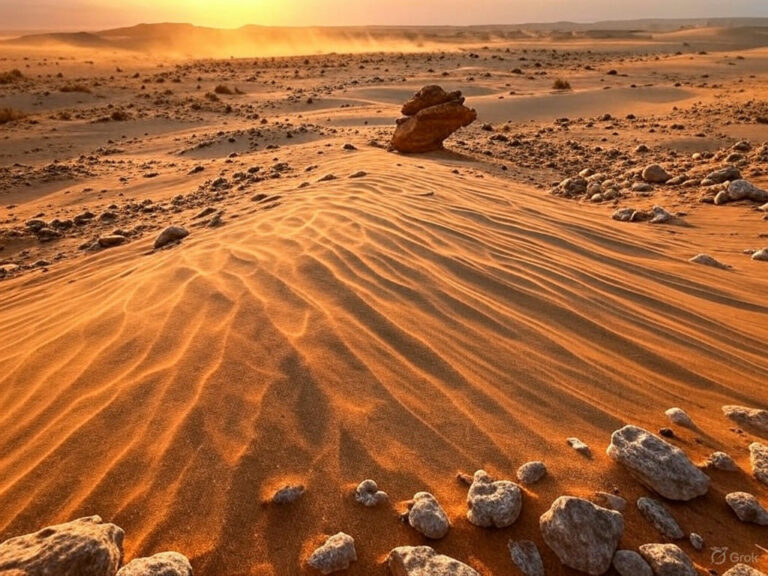Introduction to Mountain Building
Mountains are among the most awe-inspiring features of our planet—massive, immovable, and seemingly eternal. But behind their quiet grandeur lies a dynamic story of geological transformation. Mountain building, or orogenesis, is not a sudden event but the result of slow, powerful processes unfolding over millions of years.
To understand mountains, we must begin with the structure of the Earth itself. The Earth’s outer shell, known as the lithosphere, is divided into tectonic plates that are constantly in motion. When these plates interact—colliding, diverging, or sliding past each other—they generate enormous forces. Over time, these forces fold, fault, and uplift the crust, giving rise to mountain ranges.
In the context of physical geography, mountains are classified as second-order relief features. They are typically defined by their significant elevation—often above 900 meters—and steep slopes ranging from 25 to 30 degrees or more. Yet, their importance goes beyond their physical presence. Mountains influence climate, shape rivers, host biodiversity, and even determine patterns of human settlement and culture.
This chapter will explore the mechanisms of orogenesis, the types of mountains formed, and the tectonic settings in which they emerge—unfolding the Earth’s grand geological narrative one layer at a time.
The Birth of Mountains: The Role of Orogenesis
The process that creates mountain belts is called orogenesis. This is not a single event but a combination of geological activities such as:
- Folding – When immense pressure from moving plates compresses rock layers, they bend into anticlines (upfolds) and synclines (downfolds), creating wave-like structures.
- Faulting – Sometimes, instead of bending, rocks break due to extreme stress, forming fault lines. The uplifted blocks form fault-block mountains.
- Metamorphism – Under great pressure and heat, existing rocks transform into denser, more durable types, strengthening the mountains.
- Volcanism – Magma from deep inside the Earth sometimes erupts, solidifying into new mountain peaks, like the Himalayas’ volcanic cousins in the Pacific Ring of Fire.
To visualize this in a simplified way, imagine placing a thick carpet on a table and slowly pushing both ends toward each other. The carpet crumples and rises into folds, just like the Earth’s crust does during mountain formation.
Mountain-Building Events
Mountain building is not a recent phenomenon. It has been shaping the Earth’s surface for billions of years across various geological eras. If we trace back Earth’s history, we encounter several major orogenic (mountain-building) events that created many of the world’s significant mountain systems:
- Precambrian Orogenies (2500–600 million years ago)
These are the earliest known mountain-building episodes, occurring during the formation of the Earth’s stable cratons. Multiple orogenies occurred in this vast span, including the formation of the Aravalli Range in India—one of the oldest surviving mountain chains in the world. - Caledonian Orogeny (c. 490–390 million years ago)
Occurred mainly during the Silurian and early Devonian periods. It affected regions such as Scotland, Ireland, Scandinavia, eastern Greenland, and parts of North America. This event is associated with the closure of the Iapetus Ocean. - Hercynian (Variscan) Orogeny (c. 350–250 million years ago)
Took place during the late Paleozoic era, especially in the Carboniferous and Permian periods. It led to the uplift of mountain systems like the Ural Mountains (Russia), Appalachians (USA), and the Massif Central (France). - Alpine Orogeny (c. 65 million years ago – present)
Beginning in the Late Cretaceous to Early Tertiary period, and still ongoing today, this orogenic cycle formed many of today’s major young fold mountains such as the Himalayas, Alps, Andes, and Rockies. It is driven by the ongoing collision of tectonic plates, such as the Indian and Eurasian plates forming the Himalayas.
Conclusion
Mountains may seem eternal, but they too have a life cycle. They rise, erode, and eventually wear down over millions of years, feeding rivers with sediments that one day might become new mountains again. In a way, they are Earth’s wrinkles, marking its turbulent but fascinating history.




